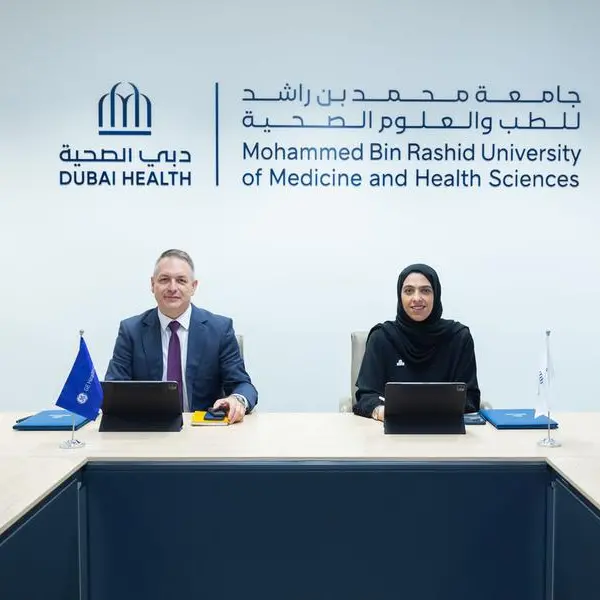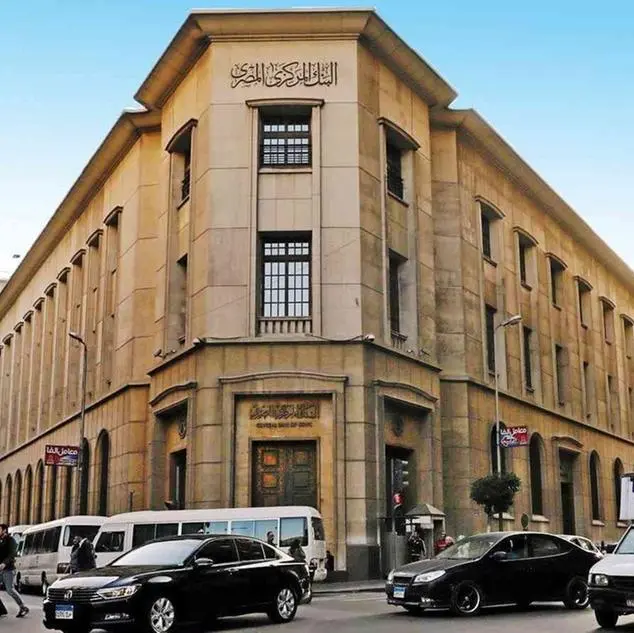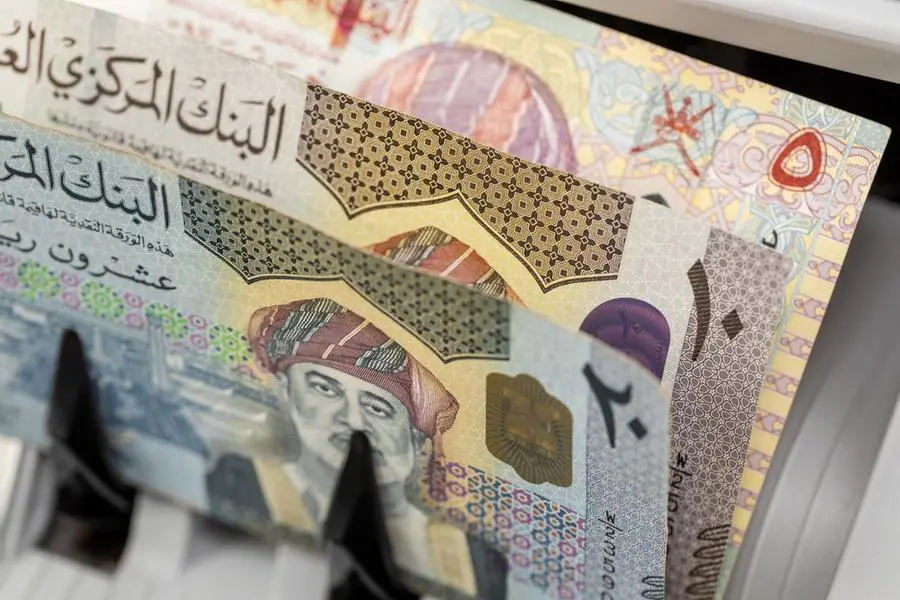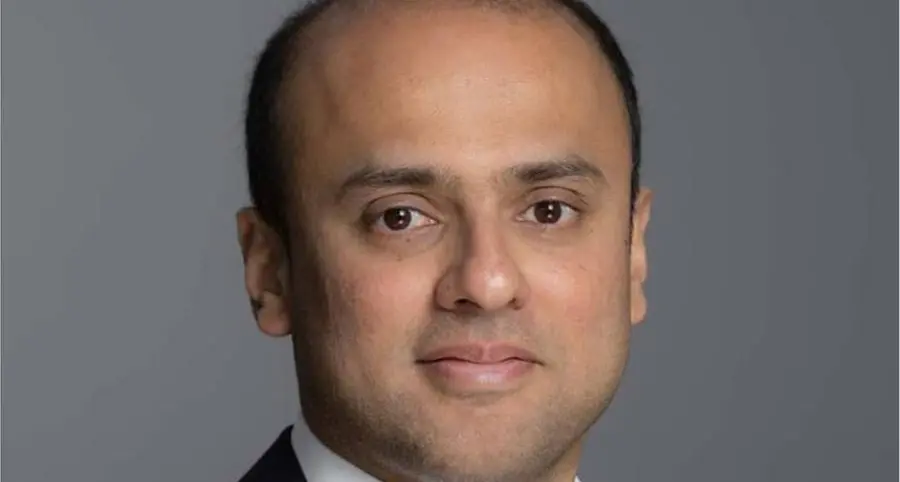A new minister is trying to address Egypt's age-old issues with its lack of scientific research and reveals that doors are opening up, a little
The least that can be said about scientific research in Egypt over the last few decades is that it has been neglected. The nation's numerous universities and research centers -- mostly state owned -- operated in a realm of their own, far away from the reality of economic activities. It was as if the output was not meant to actually develop or solve the problems of industry and agriculture as is the case in most industrialized countries.
With the majority of Egypt's research facilities being state owned -- whether operating under the Ministry of Scientific Research or affiliated to state run universities -- the common shortfall has almost always been bureaucracy and a lack of finance.
Ayman Korra, chairman and CEO of Consukorra -- a land reclamation, agricultural industries and business consultancy -- tells of his attempts to cooperate with research centers to help develop his business.
According to his experience, bureaucracy makes commissioning custom research almost impossible. "One has to keep in mind that respecting the hierarchy of researchers can hinder certain projects as you might not be able to choose the researcher you wish to work with. Moreover, if we try to fund such institutions, they have complicated terms and procedures to accept donations," he explains.
Wafaa Haggag, professor of plant pathology at the National Research Center, is one of the notable scientists of the old institution with a long list of patents and achievements.
She says that businesspeople are usually reluctant to finance research for fear they might not be able to utilize the outcome of research commercially since the other party is a government entity that has strict financial regulations. "That's why partnerships might not work, however some businesspeople show willingness to buy the end products that were proven successful."
Burdened by domestic and foreign debt, a huge deficit and prioritizing the pressing needs of the people, Egypt's budget dedicates very little to scientific research. The budget of all of the 14 research centers of the Ministry of Scientific Research accounted for a mere 0.19% of the country's GDP in 2000 -- an estimated value of LE 200 million according to Benha University's website. It increased to 0.26% of GDP in 2007 and dwindled to 0.21% in 2009 according to the World Bank.
Minister of scientific research, Nadia Zakhari, begs to differ. "The budget is only part of the problem. Since 2009, it has gone up to 0.4% [of GDP] and this year it has increased to 0.8% -- which translates into an increase to LE 1.3 billion from LE 507 million which means almost three times the budget of past years and the salaries of university faculty also rose."
Zakhari admits there is a lack of a national plan for scientific research. She says the ministry is working on a new bill for scientific research based on successful models from industrialized countries and input from former ministers in order to come up with practical and feasible legislation.
New to her office, Zakhari is conservative in her assessment of Egypt's scientific research track record, waiting for more information so she can paint a complete picture. She's not shy to ask for help in painting this picture. "We have asked the United Nations Conference on Trade and Development (UNCTAD) to evaluate our industrial and agricultural research to know where we rank internationally, and to outline what our problems and assets are."
Status quo
Haggag explains the research, patenting and production cycle in a nutshell."Previously, a national plan for scientific research never existed, even research centers didn't have a plan and it was up to individual researchers to decide on the topic of their research which wasn't necessarily addressing an existent problem or the needs of the industry." Upon obtaining a patent or concluding successful research, researchers would search for producers who could apply their findings and use them commercially -- a process which usually had a success rate of approximately 1% according to her.
Haggag herself, who has patents for biopesticides and is about to make a deal with a number of producers to manufacture her products, still needs a marketing specialist and is working on registering her product at the Ministry of Agriculture so that it can debut on the market.
"I know that it is hard to compete with big chemical pesticide producers but some companies believed in the advantages of my product in safeguarding the environment and cutting costs."
R&D
Patents are obtained from the Egyptian Bureau for Patents (EBP), a subsidiary of the Academy of Scientific Research and Technology -- the nation's main center for R&D. Founded in 1951, the EBP bureau issued 522 patents in 2010 and 589 last year.
"The [EBP's] work developed lately as it [signed] a number of international agreements. It should have been transformed by the end of last year into an international bureau for research and examination, modeled like 13 bureaus worldwide, with the authority to run international research and examination according to the International Cooperation Agreement on Patents," says EBP director Adel Owaida.
According to him, the majority of patent applicants are individuals without a university degree rather than academics and members of research centers. This reveals the reality of scientific research in Egypt and where it stands from technological development.
"In the US, 90% of patents are given to research centers, universities and companies because research goes according to a plan that serves the economy best. But this is not the case here," Owaida says.
Although he has a lot of criticism for researchers, who he says limit their ambitions to simply moving up the hierarchal ladder, he has some criticism for the business community as well.
"Very few firms have R&D departments and I guess this has to do with the business culture; most businessmen seek fast cash and are not quite interested in developing their industries," he says.
In some industries, such as pharmaceuticals and cosmetics, an R&D facility is not optional.
Maged George Amin, Chairman of Mamiba Cosmetics and partner at Luna Cosmetics, says that scientific research to his business is just like marketing; the company works on changing the look and packaging of the products and they have to follow the fashion as well as abide by the latest medical and chemical findings.
"We spend 3-5% of our revenues on R&D. We employ pharmacy and chemistry graduates and we give them initial training in the company labs. Sometimes we bring in foreign experts to train them for the job and we often send them abroad to take courses," says Amin.
Another industry in need of research is agriculture and land reclamation according to Korra. "In our field, scientific research is not really the academic process you're thinking of. We're rather practical and when we import various kinds of crops we test them to see which is most suitable to our environment and market. However, few producers do develop new varieties," he explained.
According to Korra, in order for scientific research to be fruitful it must interact constantly with the industry, cater to its needs and solve its problems.
One man's experience
An industry that has always been described as quite promising in Egypt and perfectly suitable to its economic conditions is the manufacturing of transport vehicles. This industry is labor intensive and builds upon a well-founded automotive industry which was born in the 1960s.
Ahmed Barakat, former CEO of the Automotive Engineering Company (formerly a subsidiary of the state owned El Nasr Company) recalls the company's very modest R&D facility. However, hoping to develop production with the limited resources at hand, Barakat came up with a working cooperation scheme.
"I used to resort to the faculties of engineering at Ain Shams and Matareya and I employed consultants from these faculties to train my personnel and test new products. I also coordinated with the faculties to give graduating students the opportunity to carry out their graduation projects at the factory so that they learn and we make use of their innovative ideas," says Barakat.
He also made attempts to get the students to produce parts similar to the parts that the factory imported, "This is what we call reversed engineering and this way we could increase the percentage of the local component and cut down on the cost."
Acknowledging how difficult it is for businessmen to fund research centers, Zakhari is exerting an effort to market the outcome of research and to link research centers with one another.
The ministry organized a conference hosted by the National Research Center where various industry representatives were invited to review the outcome of recent research.
"It is easier to do this when we know businessmen are willing to buy end products rather than finance research. I don't know if it's a matter of trust but businessmen don't seem quite as willing to do so," Haggag says.
Zakhari is very positive about the outcome of the event and hopes to repeat it. "Participants had the opportunity to present their work and display their prototypes. For instance one researcher presented a biofuel made out of rice straw and another could develop a soil-less cultivation system. It was very successful with a large turnout and dozens of businesspeople attended and approached researchers to get in touch with them."
On the other hand the EBP avails the patents' and researchers' data to anyone interested in adopting a certain product or find. They also coordinate with another entity of the Academy, the Association for Development of Invention and Creativity, which gets funding to help inventors with feasibility studies and the production of prototypes.
Zakhari says that what the ministry can do to support the scientist is still limited. "Our role ends at the prototype stage. That's why in all the international agreements we sign we try to include the idea of 'incubators'. We hope to establish incubators in the research centers which would act as a small production facility industry in research organization and when the application of the research works out it can be applied on a larger scale." This model was applied at the National Research Institute for research on poultry vaccines for avian flu.
Barakat believes that investors' good will following the revolution puts the ball in the research centers' court. In his current capacity as the head of the Automotives Committee of the Consumer Protection Association, Barakat knows that the labs at the faculties where automotive products are tested are quite poorly equipped. Nevertheless, he was pleasantly surprised to find that the product manufacturers were willing to fund the labs and equip them. "We held a meeting with the faculties of engineering of Ain Shams and Benha, the Federation of Industries and the Chamber of Commerce and I hope we start working soon."
© Business Today Egypt 2012




















